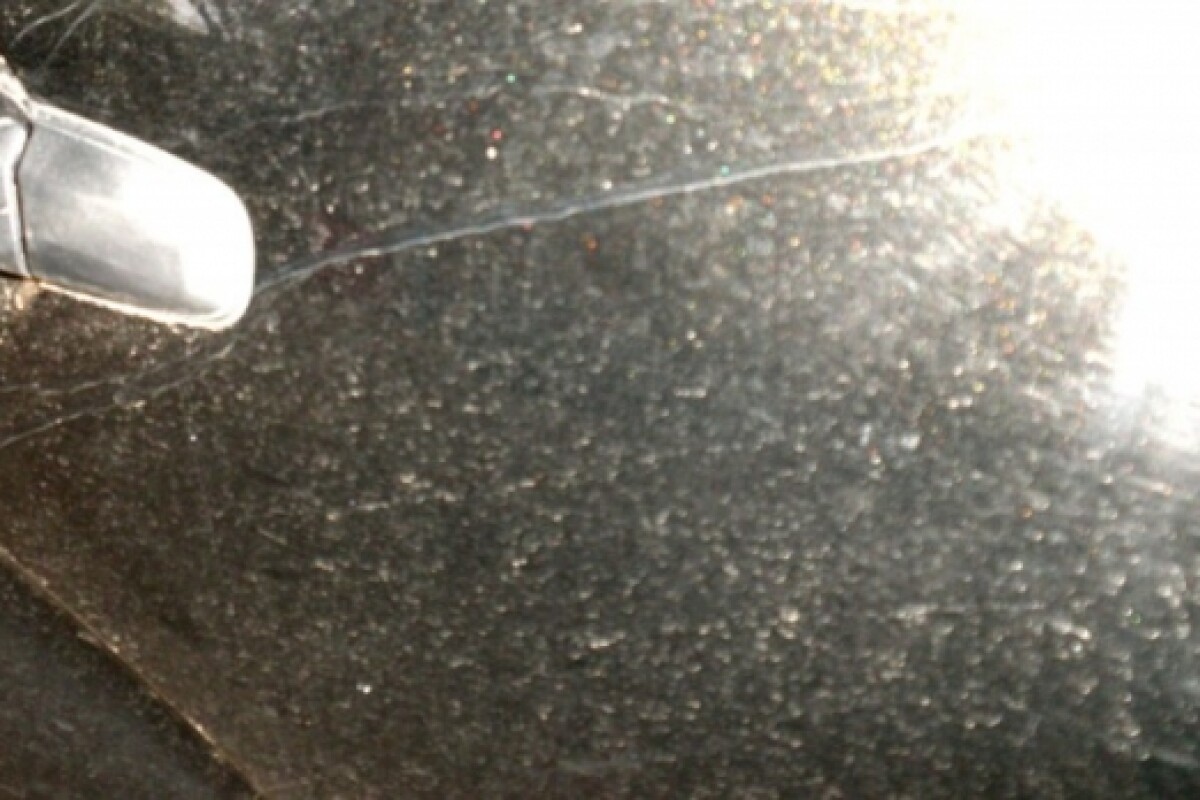March 18, 2009 I can imagine how a lobster might scratch a car, but who would ever have thought of using one to repair a scratch in your paint? Scientists have recently developed a polyurethane coating that heals its own scratches when exposed to sunlight.
The self-healing coating uses chitosan which is derived from chitin, the main component of the exoskeleton of crustaceans (lobsters, crabs, shrimps etc). The chitosan is chemically incorporated into traditional polymer materials, such as the ones used in the outer coatings to protect the paint on cars. When a scratch occurs on the outer coating, the chemical structure is damaged and the chitosan responds to the UV component of sunlight. Chemical chains are then formed with other materials in the coating, eventually filling the scratch. This process can take less than an hour and may eventually lead the “scratch free car” or other products in the future.
The self-healing paint
Biswajit Ghosh and Marek W. Urban from the School of Polymers and High Performance at The University of Southern Mississippi, Hattiesburg, advise that their new material will have a lot of practical applications and could coat anything that can be scratched including electronics, aircraft, cars etc. The self-healing coatings could minimize upkeep and repair on a variety of products, saving consumers money and reducing waste.
For the boffins amongst us, Ghosh and Urban report that the compound network consists of an oxetane-substituted chitosan precursor incorporated into a two-component polyurethane. Upon mechanical damage of the network, four-member oxetane rings open to create two reactive ends. When exposed to ultraviolet light, chitosan chain scission occurs, which forms crosslinks with the reactive oxetane ends, thus repairing the network. Now you know!
This repair process is not moisture-sensitive, meaning it should work in all climates. And making the new coating won’t break the bank, according to Urban “It’s very economical,” he said. “You can get chitosan for almost nothing.” I wish the lobster or crab came at a similar price!
One limitation is that the mending reactions don’t seem to work a second time, so each part of the coating can repair itself only once. But Urban doesn’t see this as much of a drawback in the real world. “Even if you try to hit the same spot, within a couple of microns, statistically the chances of it happening are very small,” he said.
Other self healing compounds
The new compound is not the first man-made self-healing material. In 2001, researchers at the University of Illinois embedded tiny liquid-filled capsules in a polymer coating. When the coating forms a crack, the capsules rupture spilling healing agents into the damaged area, repairing it.
In December 2005 we reported the world’s first clear paint that repairs scratches on painted car surfaces, Nissan “Scratch Guard” . "Scratch Guard" contained a newly developed high elastic resin that helps prevent scratches from affecting the inner layers of a car’s painted surface. Repair took anything from one day to a week and Nissan has been offering this self-healing paint as an option on its X-Trail SUV since 2005. This product appears similar to the Chitosan containing compound, but achieves its results in a slightly different manner.
Overview
We all look forward to the day when we can buy a product that is truly scratch free. I would even be prepared to drive my car out into the sun for an hour to repair a recent scratch. The cost savings should be enormous and imagine the drop in insurance premiums, let alone the impact on industries such as the local automobile spray painter / panel beater etc. We wish Ghosh and Urban well in there plan to develop their new compound into a paint for cars, other heavy wearing surfaces and for use in packaging, clothing and biomedical products. Hopefully there are enough lobsters to go around for everyone.
David Greig
Via Times Online.




